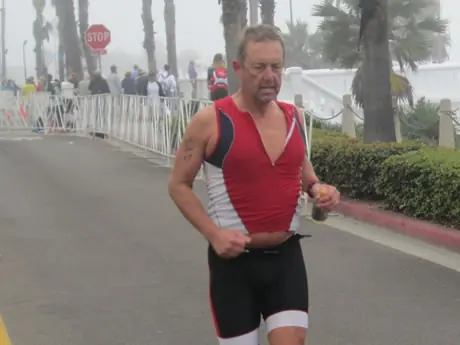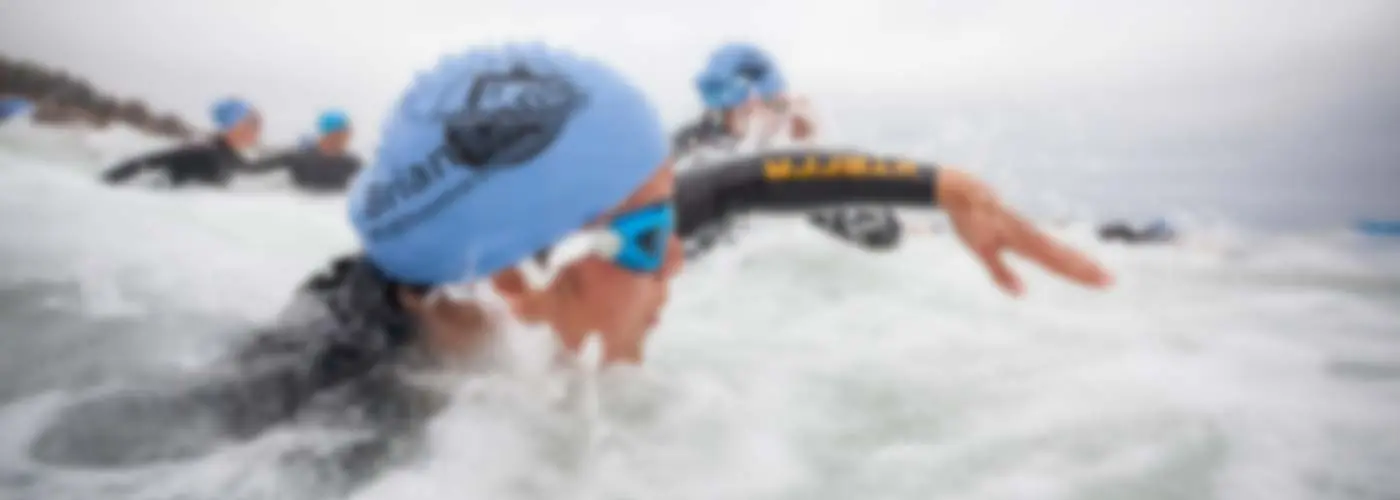
"Just because you can, doesn't mean you should."
I heard those words from Sigma Human Performance founder Ben Stone echo in my head as I stargazed and ogled triathlon bikes prior to starting the recent Ironman 70.3 World Championships. That phrase can apply to so many aspects of triathlon training and racing, especially for me every time someone brings home-baked chocolate chip cookies into the office.
Yet in Henderson, Nev., I uttered it every time I saw someone's bike frame taped with multiple gels and bars. Some of the fastest athletes in the world carried enough food on their bike to begin an epic adventure rather than embark upon a 2.5-hour ride. Is all that food necessary?
More: A Race-Day Nutrition Plan for a 70.3 Event
Not according to Stone. For the past several weeks, I've experimented with Stone's nutritional principles since I hadn't quite found the right nutrition strategy for me.
Call me a believer so far. I've altered my diet to include more non-starchy vegetables along with a honey-centric fuel strategy. At the heart of both approaches, though, is Stone's overarching tri-pronged philosophy.
More: How to Avoid a Nutrition Meltdown on Race Day
Simplicity
In my racing past, I've eaten just about every gel or bar on the market while cycling or running—seemingly with no consistency or reasoning behind my choices outside of sheer panic that I'll bonk.
If I was hungry, I ate—a lot. If I was thirsty, I drank—unless I forgot until it was too late. Stone explained this is likely a big reason I was experiencing cramps or GI discomfort.
He uses a wood-chipping machine analogy to explain. If you picture a wood chipper, it can quickly annihilate twigs, branches and twigs, sometimes simultaneously if they're small enough. But when you throw in a log or a stump, the machine grinds to a near-halt. The engine works harder, and more fuel is consumed.
You know where we're going with this. Your stomach is a wood chipper, and often times eating that bar or full gel packet in the middle of your race isn't propelling you forward, it's grinding your stomach to a halt. Blood rushes to your stomach and not to your legs. And thus begins a chain reaction that ultimately slows you down.
Stone's solution? It's honey, which contains the purest form of glucose and fructose to keep your body running at its peak. Honey is actually feeding your brain with enough sugar to keep it happy, which in turn prevents your central nervous system from warning your body that it should slow down. Keep the brain happy, and the body will follow. Combine honey with water, which is easiest on your stomach's gastric intake process, and Stone would maintain that you have all the nutrition you need to succeed on race day.
- 1
- of
- 2










Discuss This Article